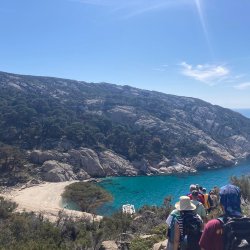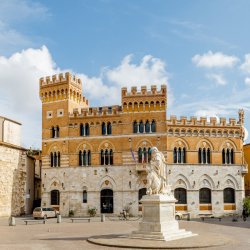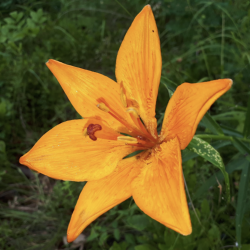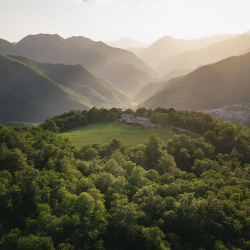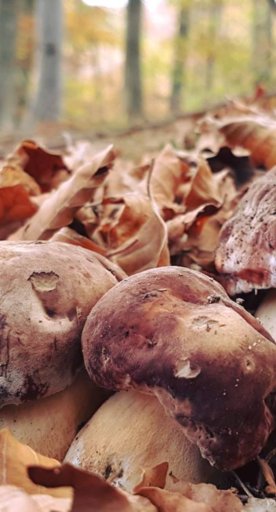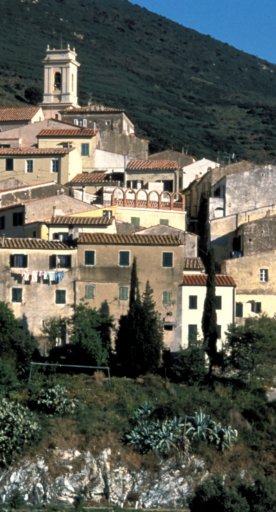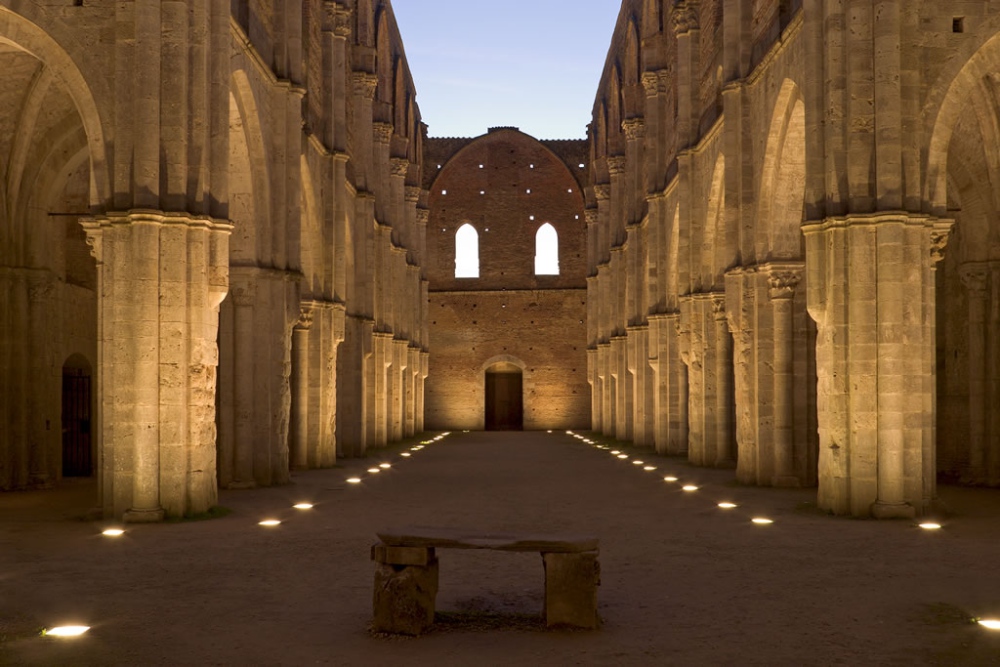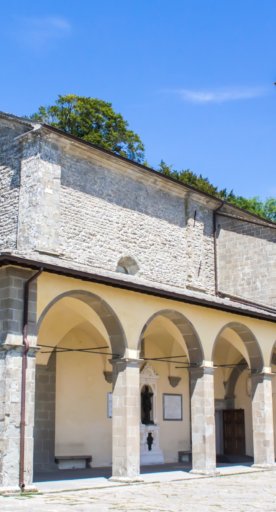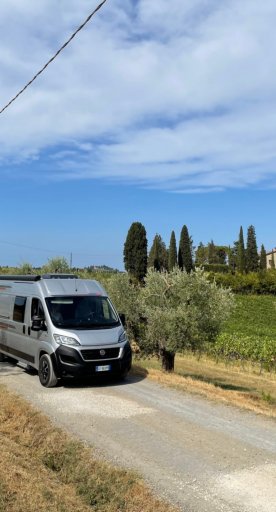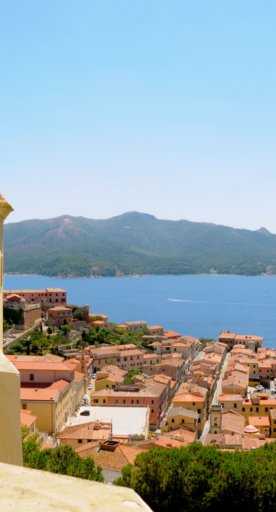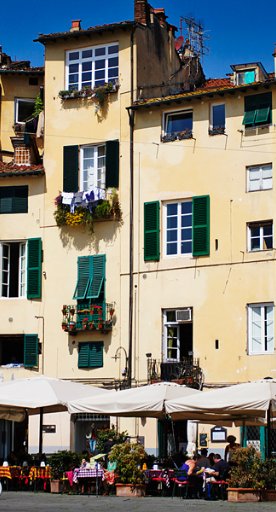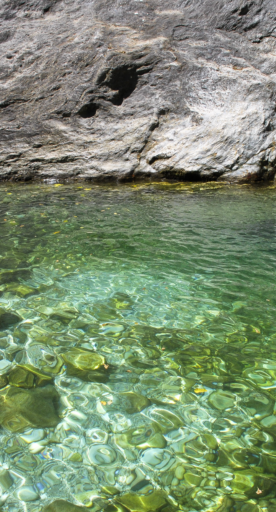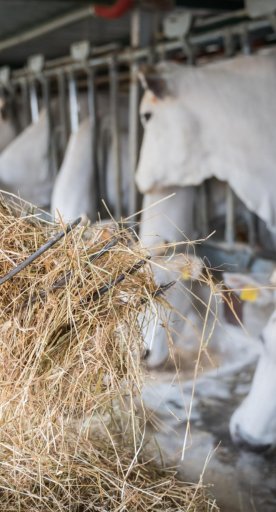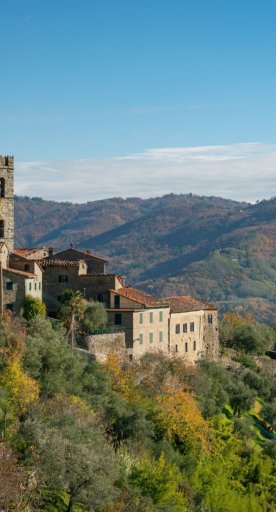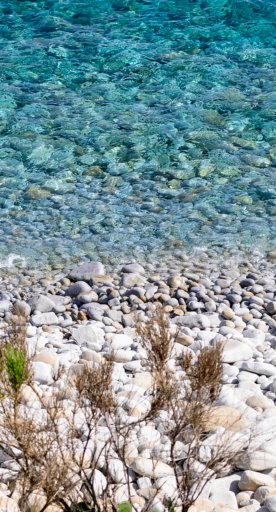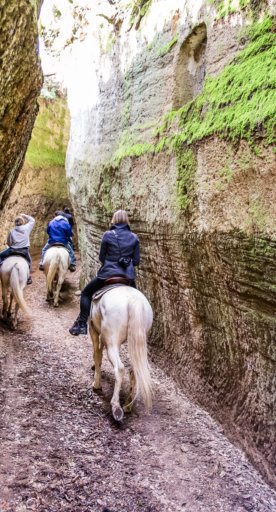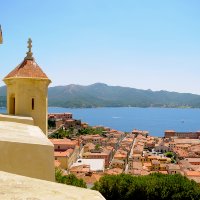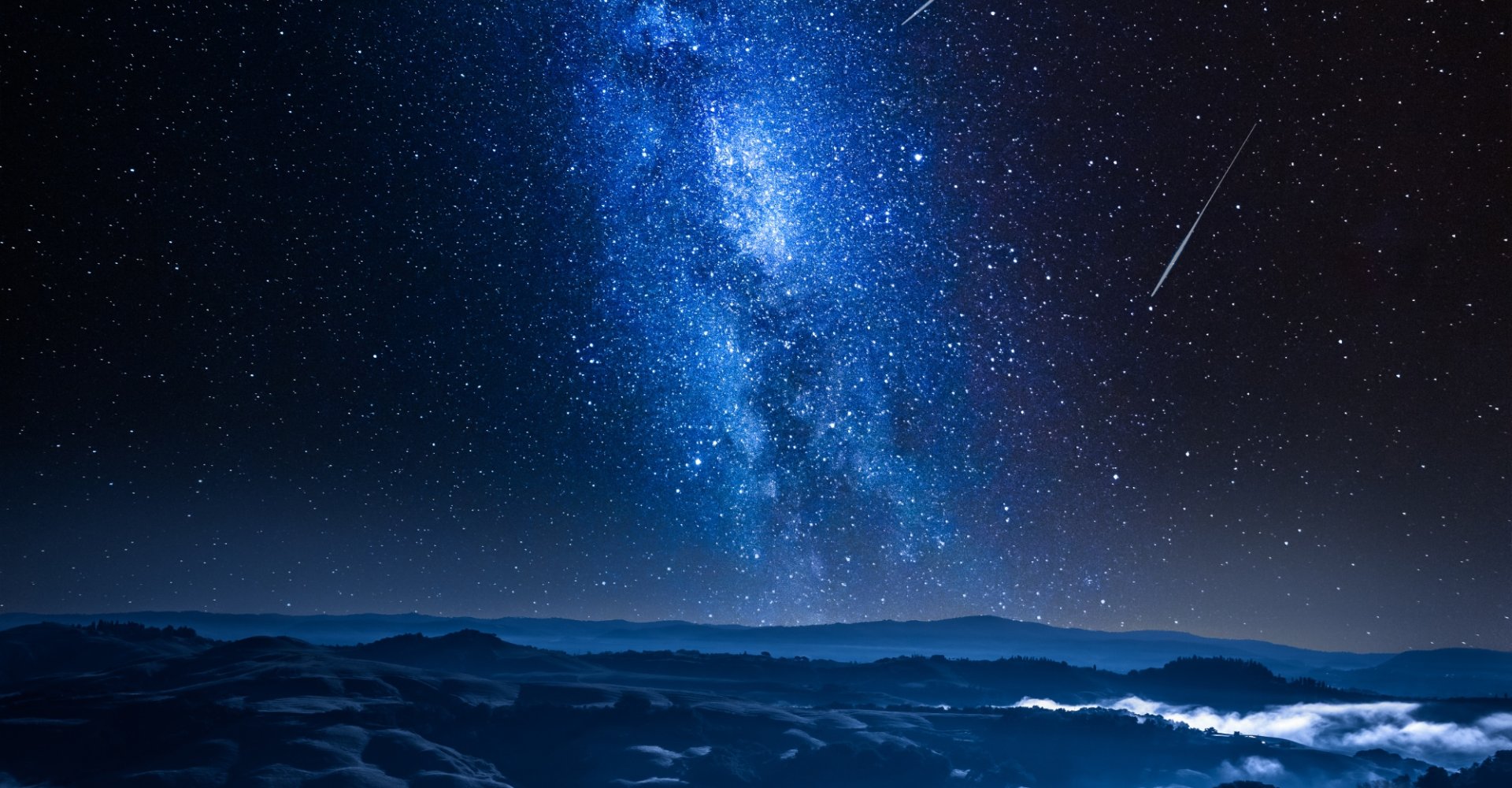
The sky in Southern Tuscany
Do you want to see the stars? Look at the night sky in Tuscany
Everyone knows that Tuscany features incredible landscapes "under the Tuscan sun", but very few people are aware of what stargazing means here. The first world atlas of light pollution was published in 2001, authored by two Italian and an American researchers. This document revealed for the first time a very dark area in Southern Tuscany, covering the inland areas of the Maremma, Monte Amiata, the Farma and Merse valleys, the southern parts of the provinces of Pisa and Livorno, and the Tuscan Archipelago.
Why is the sky so starry here?

Like other dark corners of Italy (namely, the mountain ranges of Sardinia, Basilicata, Calabria and Campania), the "dark places" on the map have all in common very low population density and are located far from large urban centres. The low light pollution is due to the lack of infrastructure and the geographical conformation shielding light from the larger towns.
Tuscany’s darkest spot has vaunts something special compared to other places in Italy: it is much more accessible. A dark sky is an important feature not only for stargazers and poets looking for inspiration. Light pollution has significant effects on energy, environment and on human health. The dark skies of Southern Tuscany are therefore a peculiarity that should be protected like other natural resources and can be promoted without having to remove the lighting required to support our night-time activities.
In order to create a new kind of relationship with the "dark areas" of Tuscany and to collect more data about dark sky places, in 2008, the BuioMetria Partecipativa project began in the Farma Valley, between Siena and Grosseto. The project has been developed in other parts of Italy and has become part of European initiatives related to light and night. Everybody can participate in activities of interest for both youngsters and grown-ups, ranging from observation campaigns, science initiatives for citizens and awareness-raising events.
You can also be interested in visiting the Osservatorio di Piombino in Punta Falcone. The volunteers of the Associazione Astrofili di Piombino have always been involved in an intense activity of making science accessible to the general public though meetings and events dedicated to the observation of the sky.
Original article by: Andrea Giacomelli
